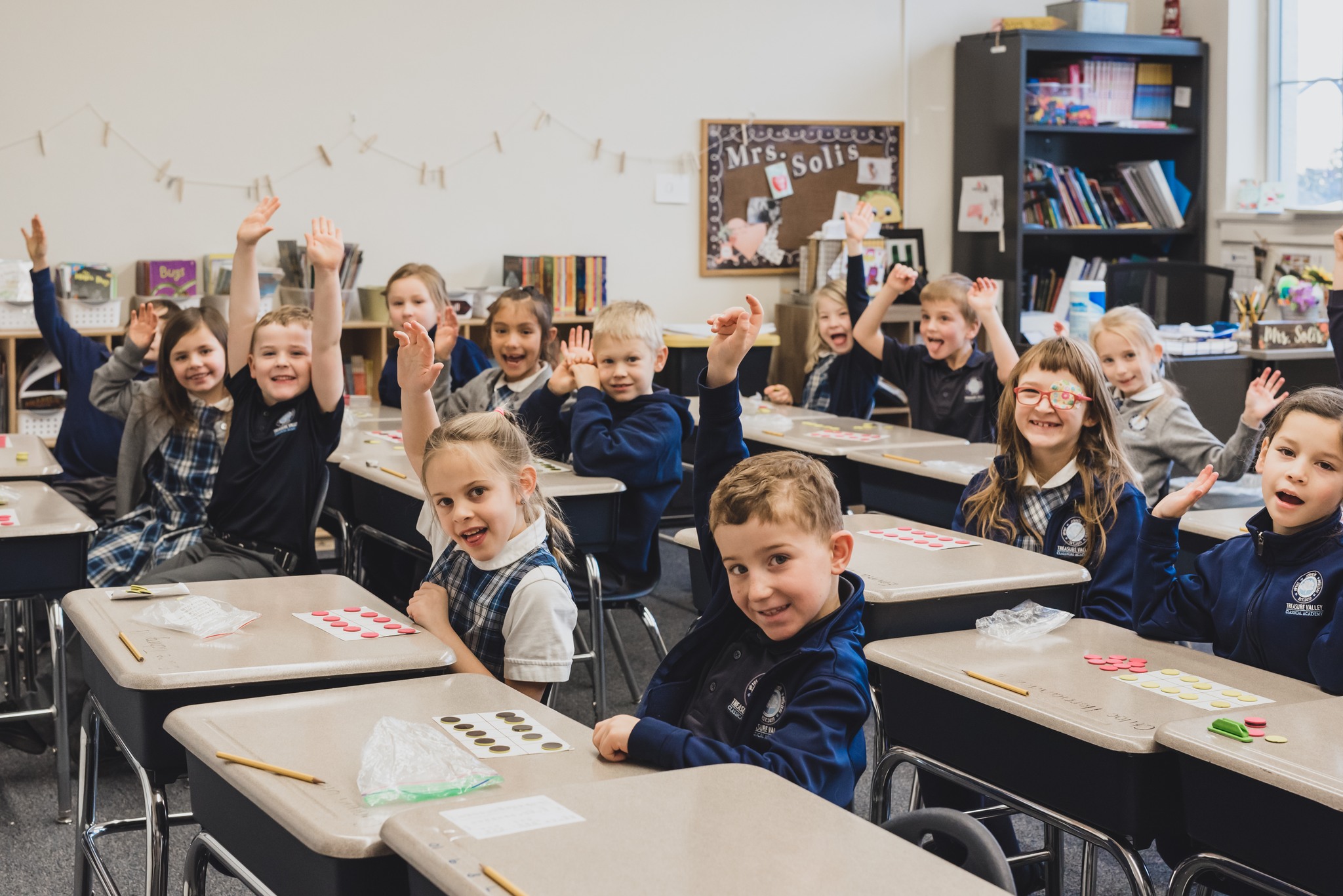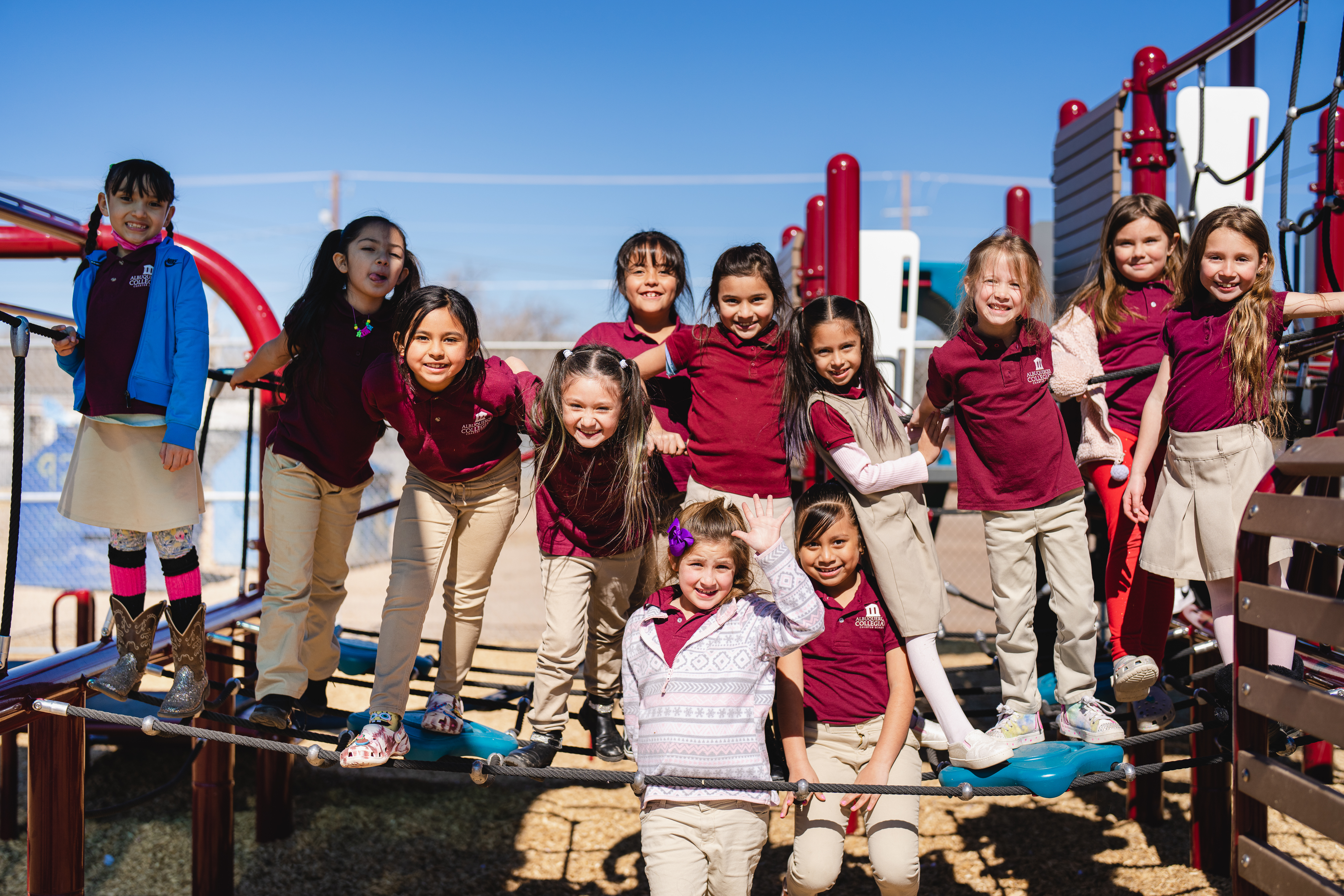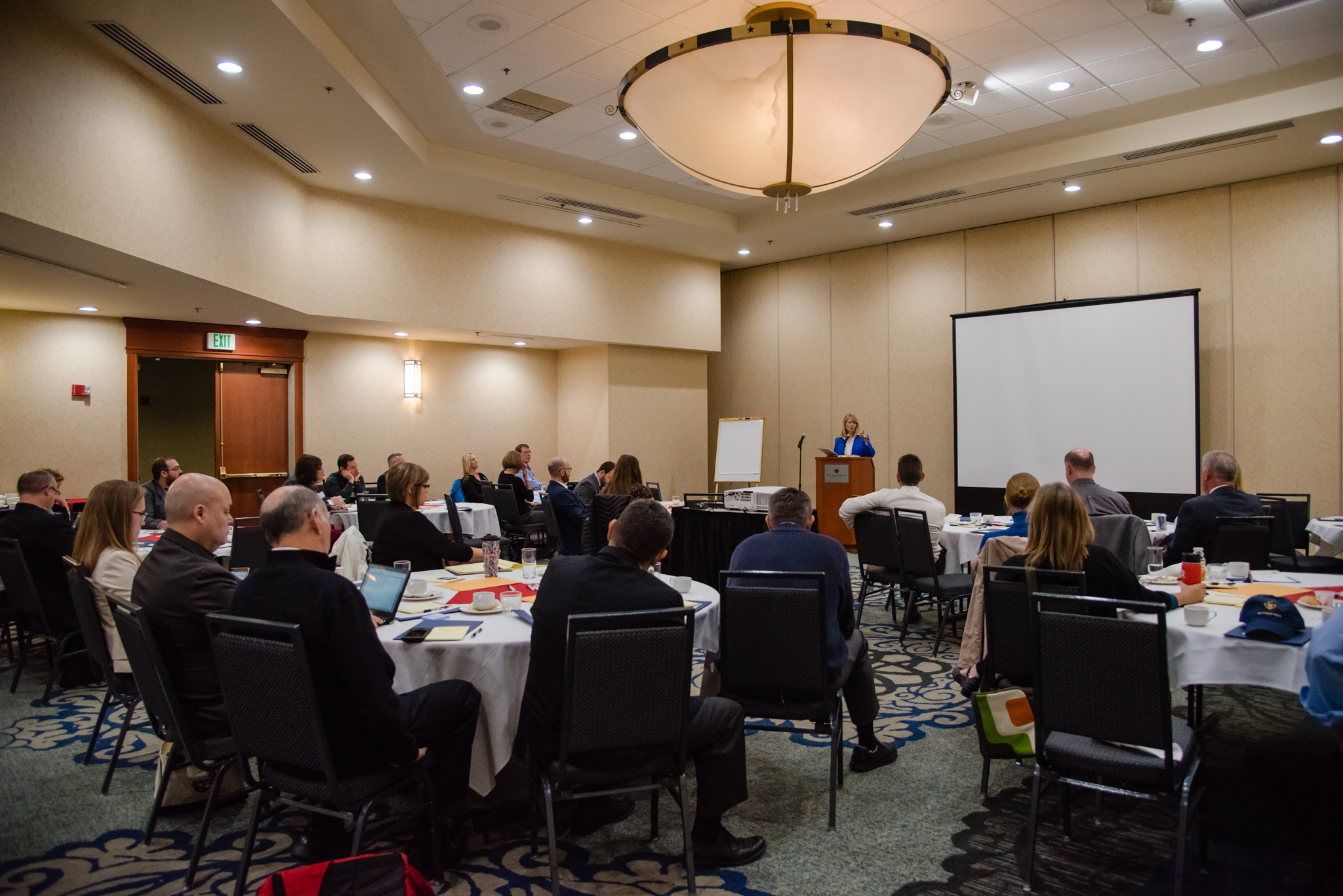
Innovation in American Education – Discussion with Checker Finn
Idaho lawmakers, policymakers, school leaders, and education stakeholders joined Bluum for a special dinner presentation about the improvements and ongoing challenges in education over the last quarter-century and what the future holds for students in Idaho and the nation. Our goal was to stimulate discussion around the challenges of the past, the lessons learned from across the country in school improvement efforts, and the exciting things to come for children in Idaho and beyond. The Keynote speaker was Chester “Checker” Finn, a distinguished senior fellow and president Emeritus at the Thomas B. Fordham Institute. He is a scholar, educator, and public servant who has been at the forefront of the national education debate for thirty-five years.
During the presentation, we invited guests to participate in a Q&A with Checker. The audience was very engaged, and Mr. Finn took questions on myriad subjects. Here are a few:
Q: How would you make school choice relevant to rural communities?
A: There’s no perfect answer. Choice works best when there’s a relatively dense population, with a relatively large number of schools, relatively close to each other. This is true for grocery store choice, drug store choice, hotel choice, swimming pool choice. If there are a lot of people living close together you get more options. Let’s honestly accept that. Let’s just say because you’re in a small town in a rural community, you’re not necessarily stuck with one option. You can have a school within a school, in the school you’ve always had, like a magnet school, which might be arts focused, or STEM focused. You can have virtual schools, or virtual courses to supplement what your school offers, or a Community College distance learning type option, that supplements what your school offers, and this might come in via an instructor, or you driving somewhere, or maybe via the internet. It will never be perfect in rural parts of the state, but you don’t have to be stuck with just one option. While I’m not a fan of pure virtual schools, I am a fan of supplementing what brick and mortar schools do with additional course options that you might do at home, or at school, or on your own time.
Q: How do we implement changes to give more flexibility to schools to make decisions about the education of their students, in partnership with their communities, parents, and students?
A: Every regulation has more-or-less honorable origins. They continue to accumulate over the years, and eventually these schools are fragmented. The first rule of corporate management is that authority should be commensurate with responsibility. If you’re going to hold a school responsible for its outcomes, which I think you should, the people running the school need to have the authority to produce those outcomes. The authority to produce those outcomes means you have to have control over what happens in your school. Ask any principal and they’ll tell you, “I need to be in charge of three things: my budget, personnel, and curriculum.” If you create a system in which the principal is not in control of these three things, then you’ve got a troubled system….if you care about outcomes, and I think that is the right metric by which to gauge a school, you need to empower people running the school. Read more on this topic and others in Charter Schools at the Crossroads: Predicaments, Paradoxes, Possibilities.
Q: How important is an engaged community in creating a successful K-12 school system? If important, how do you create more inclusive and engaged communities?
A: How do you get parents to care more about their schools? How do you get parents more involved in their kids’ education. These questions always come up, they’re absolutely fundamental, and there is no formulaic answer. Parents become involved when they are given school choice. They get invested in the school their kid is going to; rather than feeling like ‘it was the school I had to send my kid to, and there was no choice, and they don’t want me there anyway.’ Involvement of parents via choice, and via a school environment that that welcomes parents and communicates with parents is a good start.
Engaged communities? A lot of poor communities have given up on schools. They’re something that’s ‘done to us’ not ‘something we own, or have any say about.’ One of the reasons I like charter schools, is that I think in many places, they have, in effect, re-invented local control. What local control used to mean is sort of what charter schools mean today. People getting involved in a school that they are sending their own kids to. Charter schools, vouchers, and other forms of choice effectively re-engage people and re-engages communities in a way that our bureaucratic structures tend not to do. Learn more about improving education by engaging stakeholders in Commitment and Common Sense: Leading Education Reform in Massachusetts .
—
In addition to our Q&A with Checker, three seniors from different public charter schools shared what makes their schools special to them, and how they have helped them prepare for their futures.
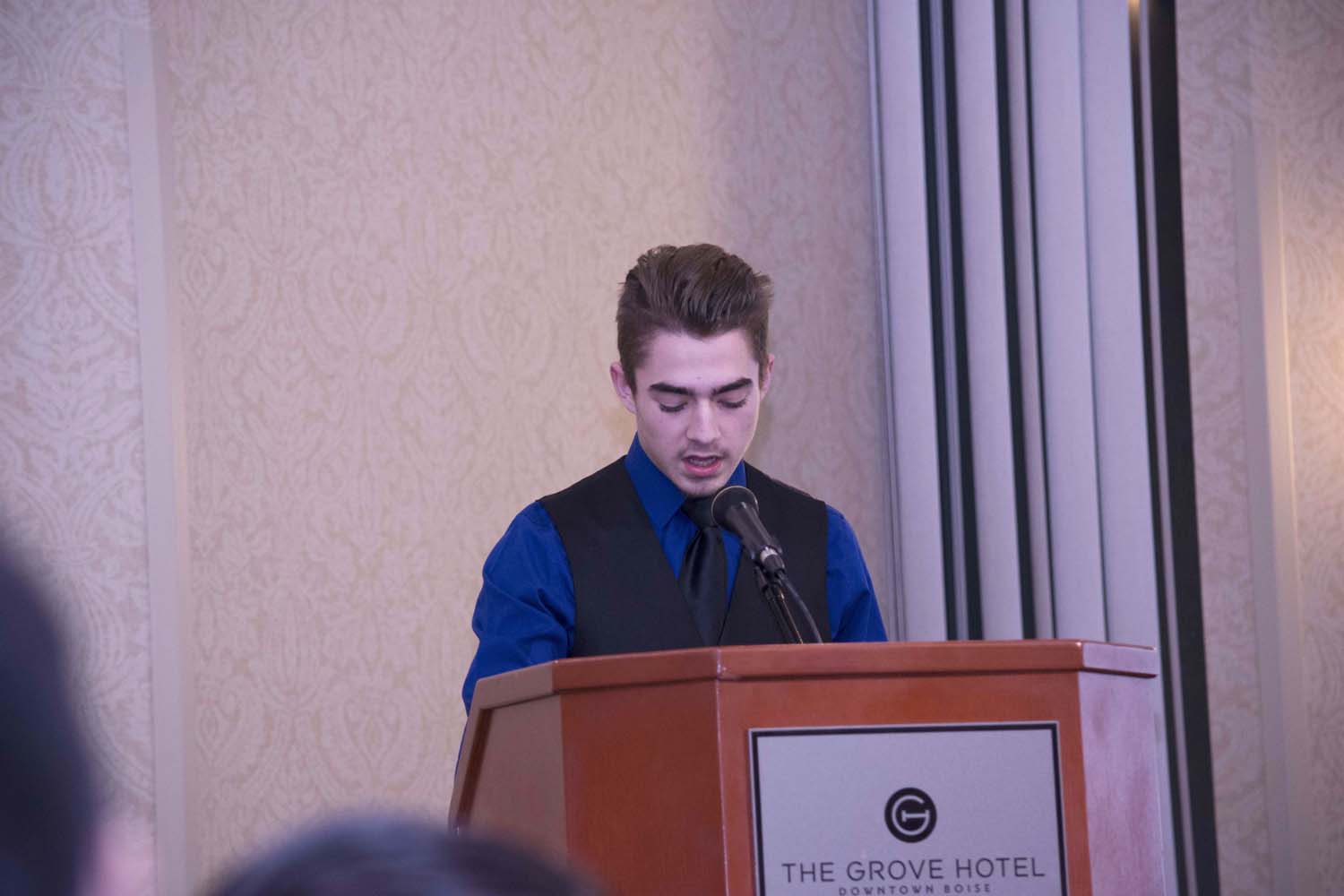 |
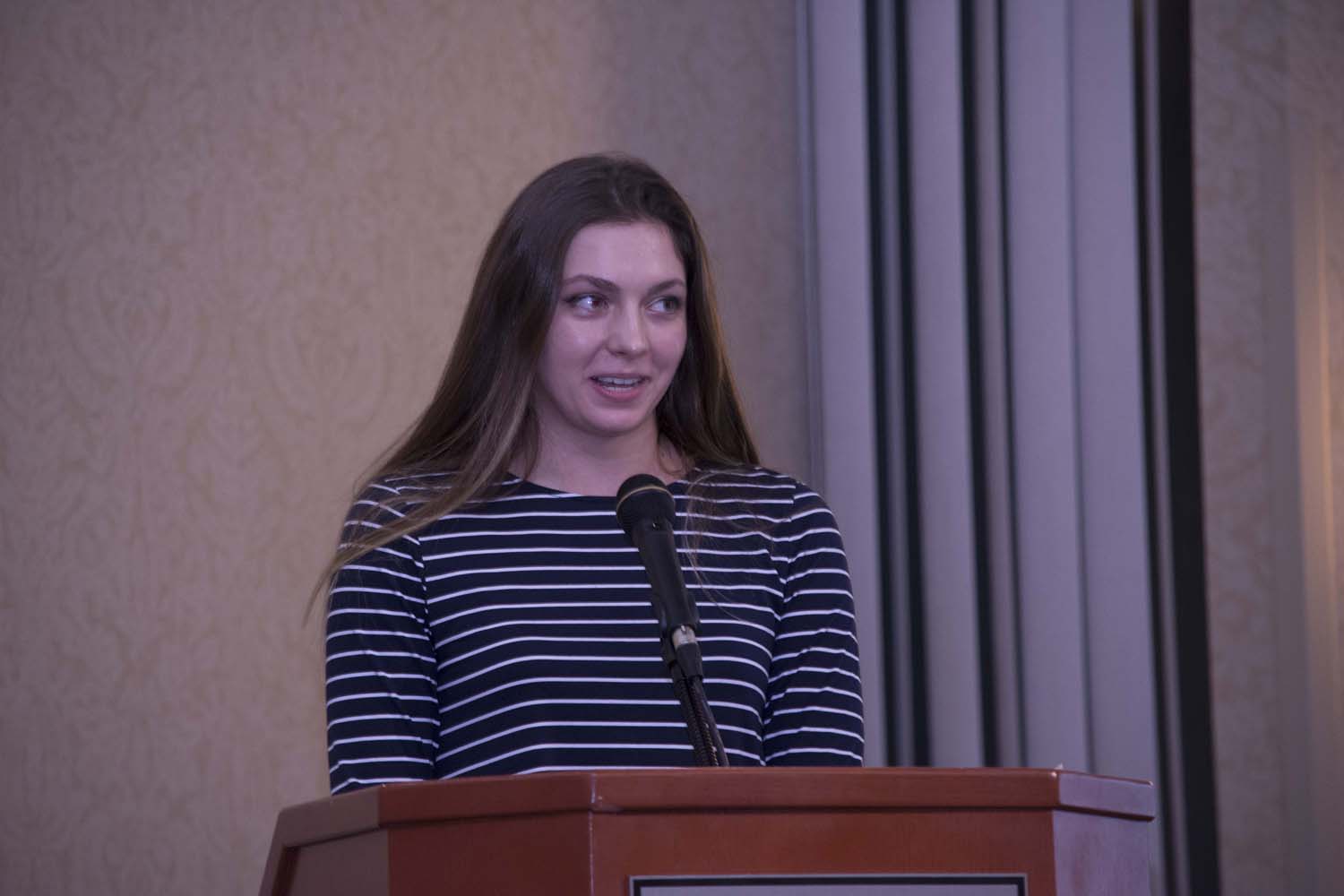 |
 |
| Kody, a student from Idaho Arts Charter School said that “the school allowed him to explore his creativity in a safe environment,” and the “school has prepared him to go into college…with a can-do attitude, and to challenge the normal way of thinking.” | Lauren, a student from Compass Public Charter School said, “The hard and rigorous work has given me the grit that will help me drive through college. In regard to Compass, I feel confident in going on and taking on the hardships of college.” | Aziz, a student from Sage International School, said that as he neared graduation, he realizes that “small class size and getting to know the people around me in such a personal way… is not something that all high school students get in their schools.” |
–


